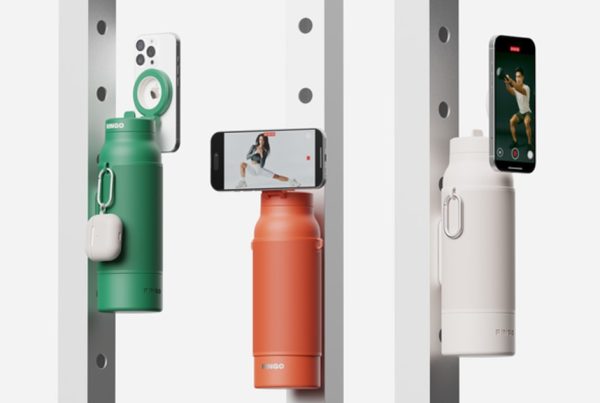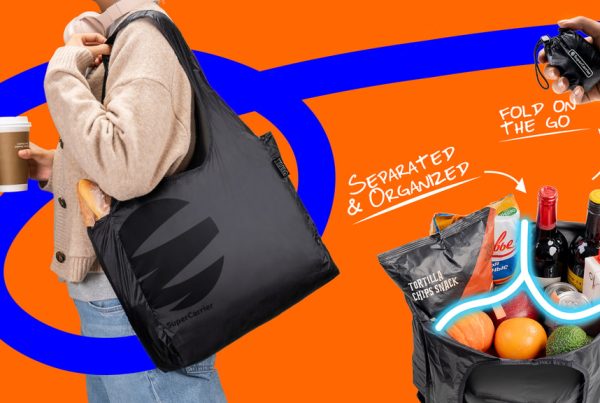Why should we back?
Intro
Wiley WiFi Home Phone revives the idea of a home landline — but updated for the digital age. Instead of relying on traditional phone lines, Wiley uses your home internet (WiFi or Ethernet) to give you a phone number and full “home phone” functionality. It’s aimed especially at families: offering a simpler, safer way for children to call relatives or caregivers — without giving them a smartphone.

Why should I back this project?
-
Safe, screen-free calling for kids and families: Wiley lets kids call friends, grandparents, or babysitters without exposing them to apps, social media, or smartphone notifications.
-
Modern features with easy control: It brings useful tools like spam and robocall blocking, “quiet hours,” approved-contact lists, voicemail, and speed-dial — giving parents control and peace of mind.
-
Familiar phone usability: For people who dislike smartphones or want to reduce screen time at home, Wiley works like a classic landline — just plug in, connect to internet, and you have a phone.
-
Useful for households without traditional landline support: As many homes abandon old landlines, Wiley offers a simple alternative using existing internet — avoiding expensive legacy services while keeping home-phone convenience.

What are the potential drawbacks you should consider when you back it?
-
Dependence on internet connection: Because Wiley uses WiFi or Ethernet, if your internet goes down, so does your phone — unlike traditional landlines which often still work in outages.
-
Monthly service fee: After the Kickstarter’s free trial period ends, continued use requires a modest subscription — which adds an ongoing cost compared to a one-time purchase.
-
Not a smartphone substitute: Wiley is great for voice calls and basic phone functions — but it doesn’t provide texting, apps, or other features most people expect from a smartphone.
-
Limited to indoor/home use: Because it needs WiFi or wired internet, the phone isn’t portable like a cell phone — so its usefulness is mostly confined to home or locations with internet access.

The reliability of the project
-
Campaign already significantly overfunded: Wiley’s Kickstarter campaign hit over 200% of its funding goal — indicating strong demand and financial support for production.
-
Transparent about specifications and timeline: The project clearly states how the service works, pricing, shipping schedule (first “Buddy” phones shipping early 2026), and features — helping backers know what to expect.
-
Thoughtful design from real-world needs: The creators built Wiley because of a personal family situation — wanting a way for kids to call caregivers without smartphones — which suggests the design reflects genuine use cases rather than gimmicks.
-
Appeals to a clear niche market: For families seeking a safe, minimalist way to connect without smartphones, Wiley fills a gap — which increases the chance that production and delivery will stay focused.




